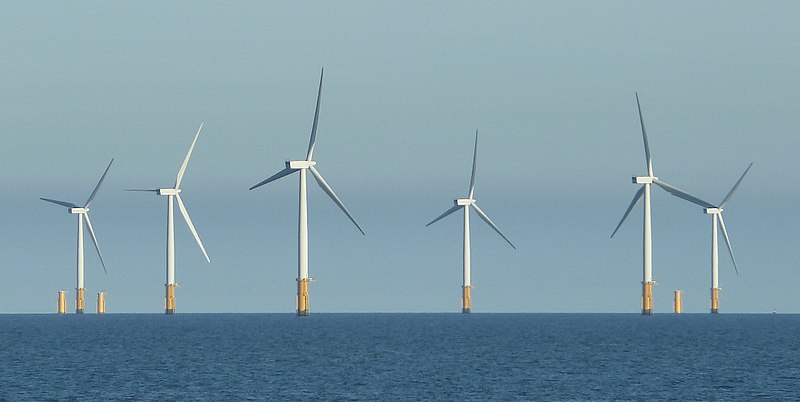
During the North Sea Summit held in Oostende today, the Dutch and British Ministers announced a groundbreaking plan to connect offshore wind between the
Netherlands and the United Kingdom. The interconnector, named Lion Link, aims to support decarbonisation, market integration, and strengthen security of supply. It would be the first cross-border direct current cable of its size to connect offshore wind and is an important step towards an integrated offshore grid in the North Sea.
Lion Link is a multi-purpose interconnector that will link a Dutch offshore wind farm of 2 GW to both countries via sub-sea interconnectors. The aim is to make more efficient use of the infrastructure, accelerate the delivery and integration of offshore wind, and mitigate the impact on coastal communities with fewer individual connections and reduced infrastructure.
Minister Rob Jetten, Climate & Energy, highlighted the importance of close collaboration on offshore wind energy and interconnection among the North Sea countries. With the North Sea becoming the largest supplier of green electricity for the Netherlands and large parts of Europe, Lion Link provides close to 2 gigawatts of electricity to both countries, enough to power 2 million households. The new connection further boosts energy security and independence in Europe, allowing surplus wind-generated electricity to be shared instantly to locations with a shortage of power, and vice versa.
Energy Security Secretary Grant Shapps emphasized that the Lion Link interconnector project is a key part of the UK's strong and historic ties with the Netherlands. It will boost the trade of cheap, clean energy across the North Sea, enough to power more homes than in Greater Manchester and Birmingham combined. The EU and UK have an ambitious combined target for offshore wind of about 120GW by 2030 in the North Sea, contributing significantly to energy security and climate targets. The Netherlands aims to establish about 21 GW offshore wind around 2030, while the UK aims to establish up to 50 GW offshore wind by 2030. Photo by Rob Farrow, Wikimedia commons.









































